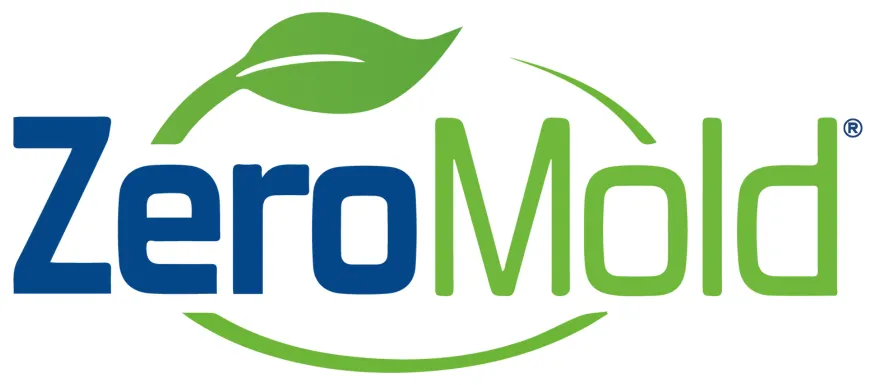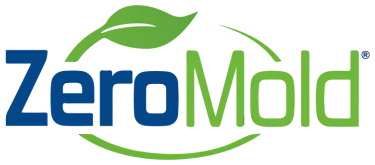Environmental Resources
Since 1985, we have been a trusted remediation contractor for homes and businesses.
ZeroMold's Resources
At ZeroMold, we’re committed to constantly growing our expertise in mold remediation. But we believe knowledge shouldn’t stay behind closed doors. That’s why we also strive to educate and empower others—raising awareness about environmental health risks and sharing solutions to help prevent and eliminate mold-related threats around the world.
ZeroMold Mold Removal
Is Your House Sick?
Fogging Technology
Cost of Mold Removal
Mold Risks to Family & Pets
Mold Health Issues
Causes of Mold Growth
Non-Toxic Mold Removal
Black Mold
Types of Mold
Does Bleach Kill Mold?
BioStatic Fogging
Removal vs. Remediation
How Long Will it Take?
The ZeroMold Process
Locally Operated
Fogging
Before & After
Landlords
Mold vs Mildew
Insurance Coverage
Bathroom Mold
Mold in Fridge
HVAC Mold
DIY Mold Cleanup
Top 5 Signs of Mold
Hidden Mold
Unique System
Before & After 2
Myths vs Reality
More Reviews
Dangerous Chemicals
Causes of Mold
Pets at Risk
3 Hidden Places
Comparisons
Types of Mold
Black Mold
Cost of Mold Removal
3 Things Mold Loves
Window Sills & Mold
No Scare Tactics
Mold on Paint
Old & New Homes
Removal vs. Remediation 2
Fogging 2
Bleach & Mold
Mold Health Effects
Mold in Cars
Car Cleanup
Dirt Vs. Mold
Realtors
What is Mold and What Does it Look Like?
Mold can be difficult to spot—and even harder to fully eliminate without proper testing. That’s why professional mold inspection is so important. To protect your health and your home, it’s critical to understand what mold is and why it matters.
Mold is a type of fungus that grows in damp, humid environments.
It thrives on surfaces like wood, drywall, fabric, food, and even ceilings and floors.
Mold spreads by releasing microscopic spores, which grow rapidly when moisture is present.
Left untreated, mold can weaken your home’s structure and lead to costly damage.
Exposure to certain molds can cause allergies, respiratory issues, and other serious health problems.
Understanding mold is the first step in preventing it. The next step? Let ZeroMold help you detect and eliminate it—for good.
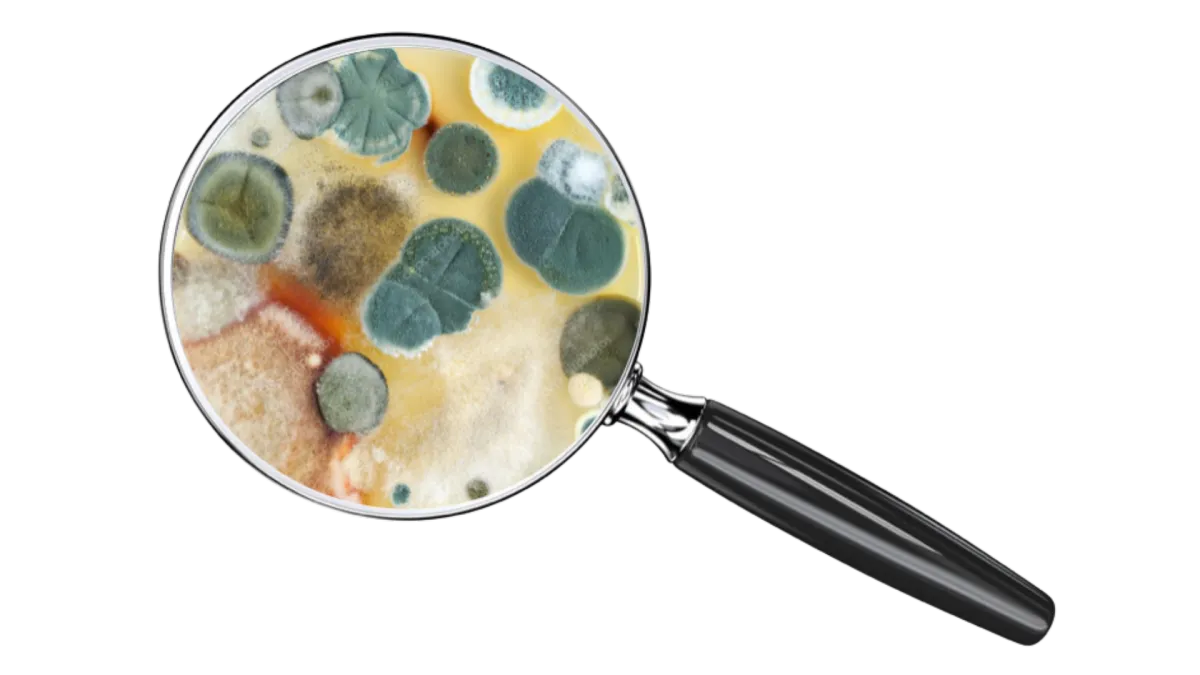
Understanding the Different Types of Toxic Mold
Not all mold is created equal. While all mold should be taken seriously, some species are significantly more dangerous than others. Over the years, our certified team at ZeroMold has identified and tested thousands of mold samples across homes and businesses—and we’ve seen firsthand the damage certain molds can cause to both health and property.
This page is dedicated to helping you understand which types of mold pose the greatest risks , how they affect your body, and why some people react more severely than others.
The truth is, mold affects everyone differently. Some may experience mild allergy-like symptoms, while others suffer from more serious issues like respiratory problems, fatigue, or even neurological effects. That’s why it’s crucial to know what you're dealing with.
To simplify things, toxic molds are generally categorized into three types , based on their health risks—from allergenic to pathogenic to toxigenic. Read on to learn how to spot them, understand their dangers, and protect your environment.
Types of Mold and Their Impact on Your Health
Not all mold affects people the same way. Some trigger allergies, others cause illness—and the most dangerous types release toxic chemicals into your environment. Understanding the differences can help you protect yourself and your family.
🟡 Allergenic Mold
These molds trigger allergic reactions, especially in individuals with mold sensitivities or asthma. Exposure can cause symptoms like sneezing, coughing, itchy eyes, and respiratory inflammation. Roughly 20–30% of the population is vulnerable to allergenic mold, while most people without allergies may not be affected by small amounts.
🔵 Pathogenic Mold
Pathogenic molds can cause infections, especially in people with weakened immune systems. While most healthy individuals can resist these molds, they pose a serious risk to infants, the elderly, and those with chronic illnesses . These molds are classified as opportunistic pathogens because they take advantage of compromised immunity.
🔴 Toxic Mold (Toxigenic)
The most dangerous category, toxic molds produce mycotoxins —poisonous compounds that can harm anyone, regardless of health status. Mycotoxins can enter the body through inhalation, ingestion, or skin contact, potentially leading to serious long-term health issues. Black mold (Stachybotrys chartarum) is one of the most well-known toxigenic molds.
What Does "Toxic Mold" Really Mean?
The term “toxic mold” is often misunderstood. According to the Centers for Disease Control and Prevention (CDC) , mold itself isn’t inherently toxic. However, certain species can produce harmful chemicals known as mycotoxins —which can pose serious health risks when inhaled, touched, or ingested.
While there are over 100,000 known mold species , only a fraction produce these toxic compounds. Some mycotoxins are so potent, they’ve even been studied for use in biochemical warfare. That’s why identifying and removing toxic mold quickly is essential for protecting your health and home.
No matter the type, all mold should be taken seriously . If mold is present, there’s almost always a moisture problem that will only worsen over time. Early detection and professional removal are key to preventing property damage and protecting your health.
Suspect black mold in your home or business?
Don’t wait—schedule an inspection with ZeroMold today.
Toxic Mold Types
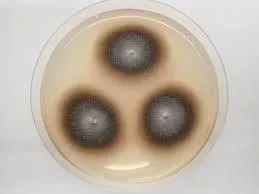
Stachybotrys chartarum (Black Mold)
Appearance: Dark green or black with a slimy texture.
Common Locations: Water-damaged areas with high cellulose content, such as drywall, wood, and ceiling tiles.
Health Risks: Produces mycotoxins that can cause respiratory issues, chronic fatigue, headaches, and severe complications with prolonged exposure.
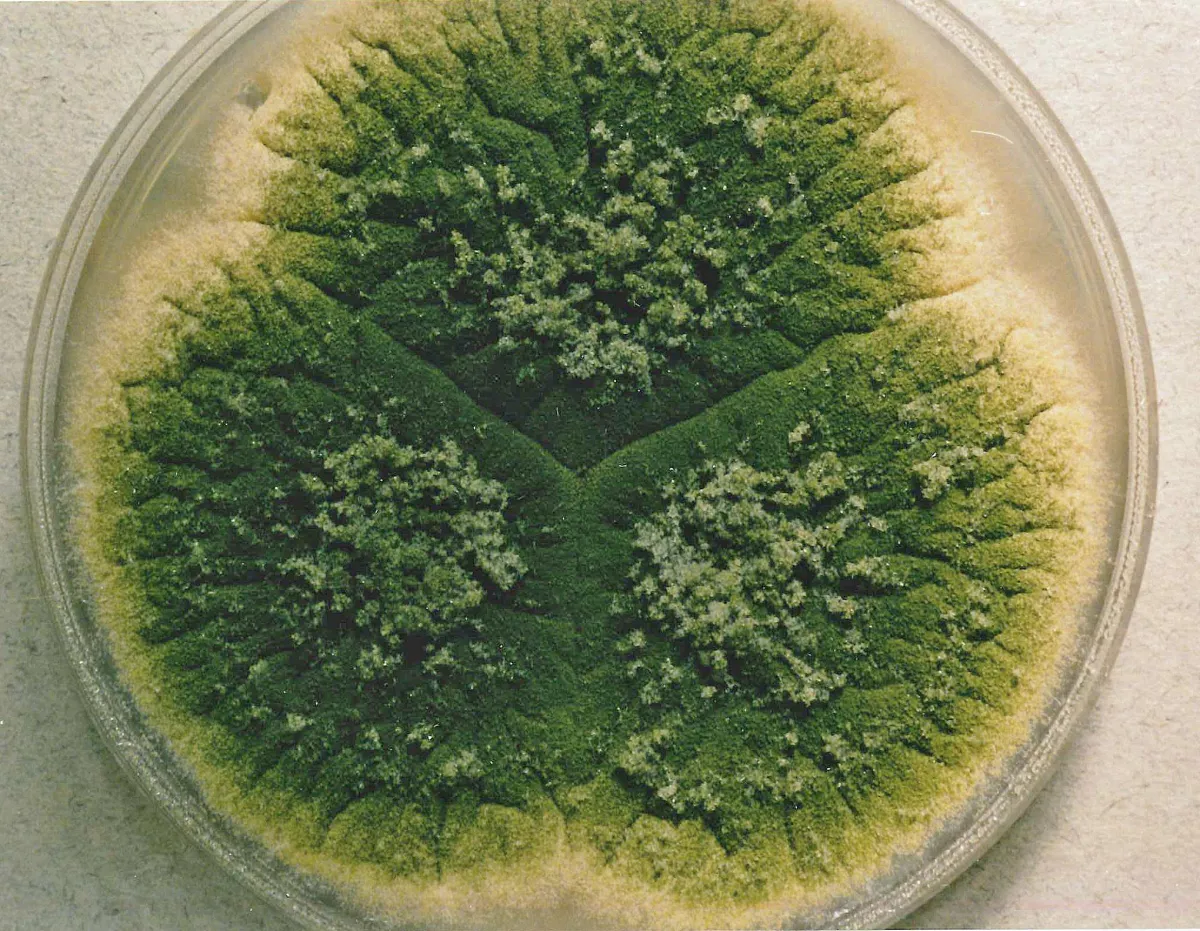
Aspergillus
Appearance: Varies by species; can be white, green, yellow, or black with a powdery or fuzzy texture.
Common Locations: Air ducts, insulation, walls, and damp areas.
Health Risks: Can cause allergic reactions, lung infections, and a condition known as aspergillosis, particularly in individuals with weakened immune systems.
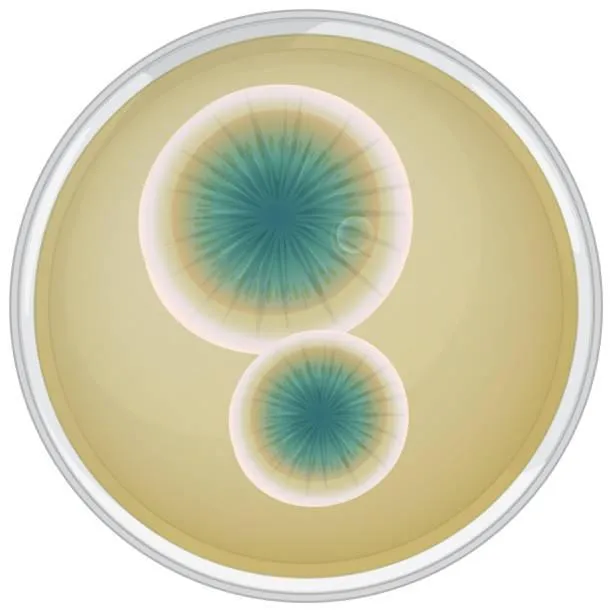
Penicillium
Appearance: Blue, green, or yellow with a velvety texture.
Common Locations: Wallpaper, carpets, mattresses, and HVAC systems.
Health Risks: Associated with respiratory issues, sinus infections, and asthma attacks.
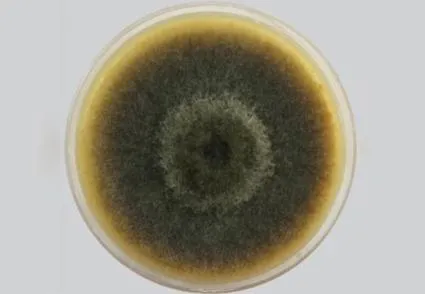
Alternaria
Appearance: Dark green or brown with a fuzzy texture.
Common Locations: Bathrooms, under sinks, around windows, and in showers.
Health Risks: Known to trigger asthma, respiratory distress, and skin irritation.
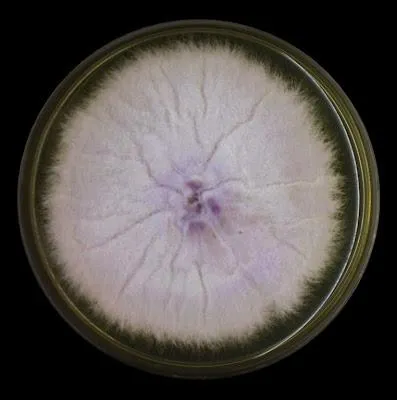
Fusarium
Appearance: Cottony in texture with colors ranging from white to pink or red.
Common Locations: Under carpeting, inside drywall, foam insulation, and HVAC systems.
Health Risks: Can cause allergic reactions, skin infections, and in severe cases, systemic infections.

Chaetomium
Appearance: Initially white, turning to gray, brown, and eventually black; cotton-like texture.
Common Locations: Wallpaper, drywall, baseboards, and carpets, especially in water-damaged buildings.
Health Risks: Can cause skin and nail infections and has been linked to neurological damage.
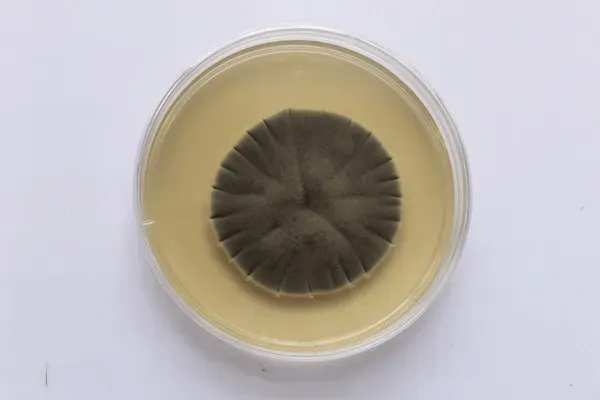
Cladosporium
Appearance: Olive green to brown or black with a suede-like texture.
Common Locations: Wood, textiles, bathroom walls, and HVAC systems.
Health Risks: Triggers asthma, sinus infections, and skin rashes.
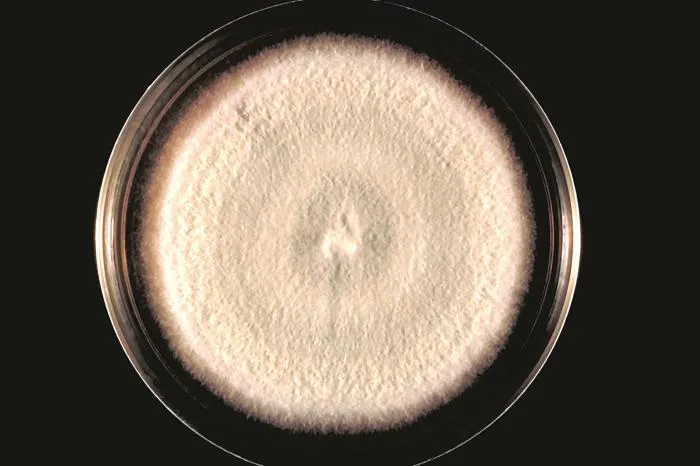
Acremonium
Appearance: Starts moist and turns powdery; colors include white, pink, gray, or orange.
Common Locations: Humidifiers, cooling coils, drain pans, and window sealants.
Health Risks: Can lead to immune system disorders and bone marrow diseases.
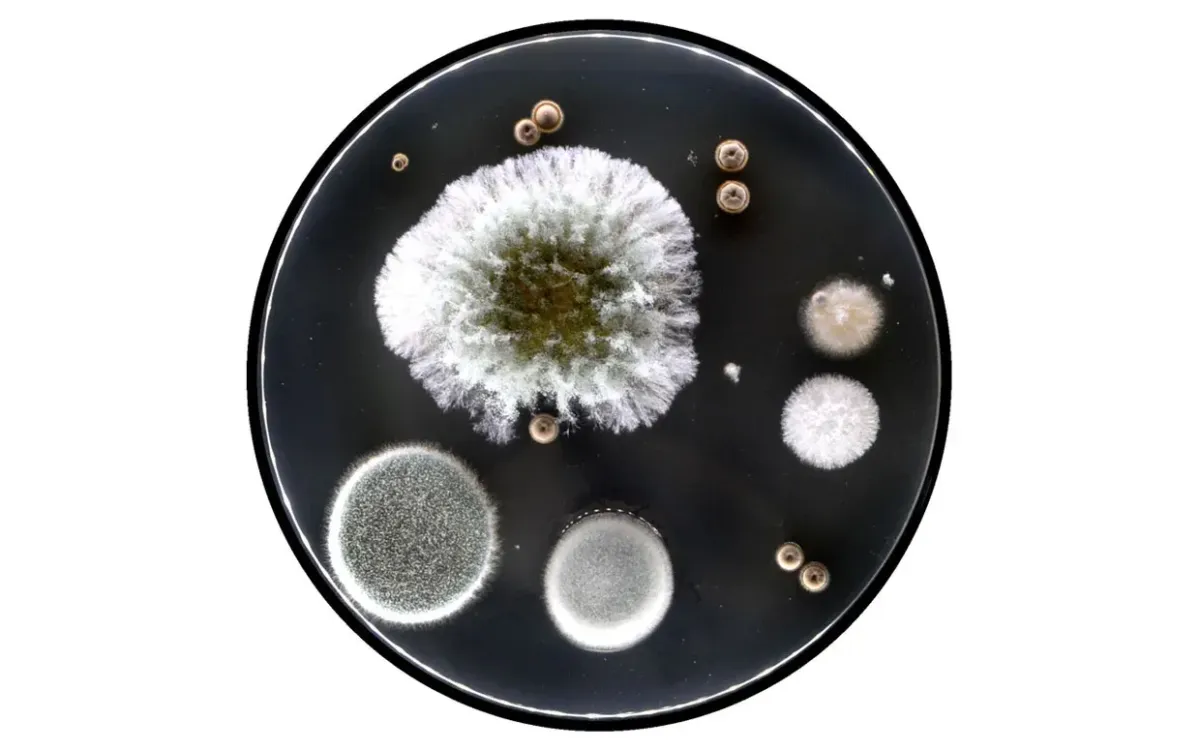
Memnoniella
Appearance: Similar to Stachybotrys; dark-colored spores released in chains.
Common Locations: Water-damaged materials like drywall and wood.
Health Risks: Produces mycotoxins similar to those of Stachybotrys, leading to respiratory issues and other health problems.
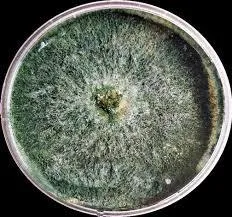
Trichoderma
Appearance: White with green patches; woolly texture.
Common Locations: Damp carpets, wallpaper, and HVAC filters.
Health Risks: Can produce mycotoxins that are harmful to humans and is known to cause pulmonary and hepatic infections.
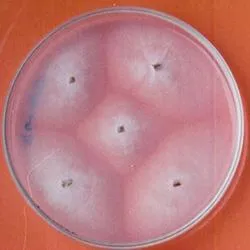
Geotrichum
Appearance: White, powdery, and rapidly spreading.
Common Locations: Damp areas like bathrooms and kitchens.
Health Risks: Associated with tuberculosis-like symptoms and pulmonary infections.
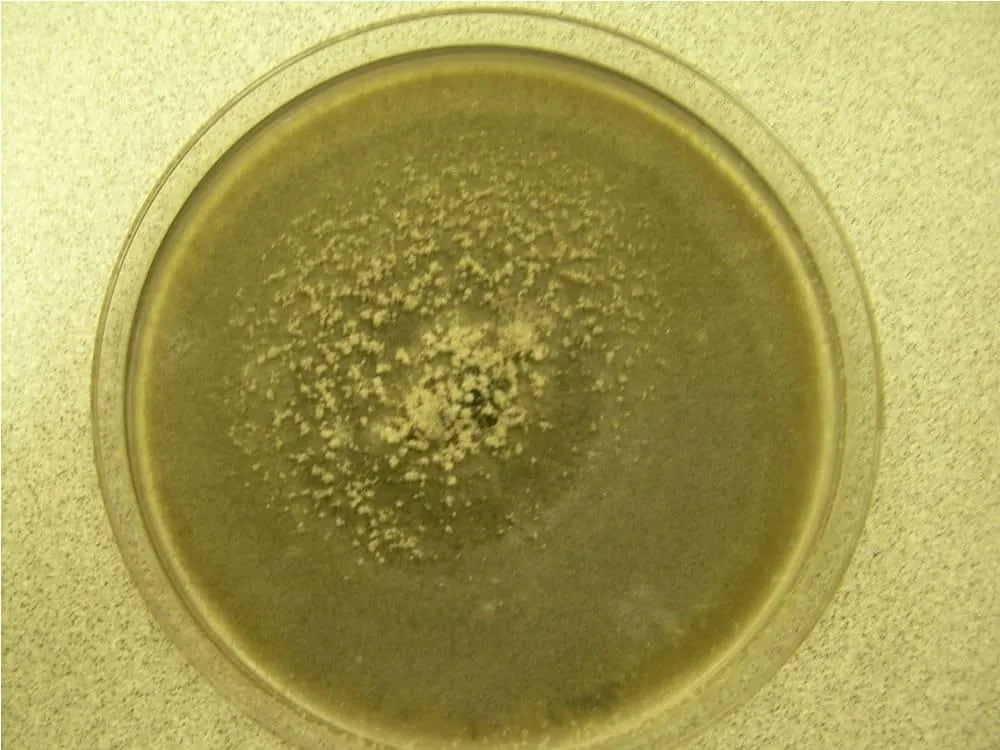
Ulocladium
Appearance: Black with a woolly texture.
Common Locations: Bathrooms, kitchens, and basements with high humidity.
Health Risks: Can cause hay fever, skin infections, and asthma-like symptoms.
